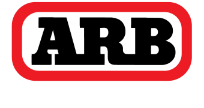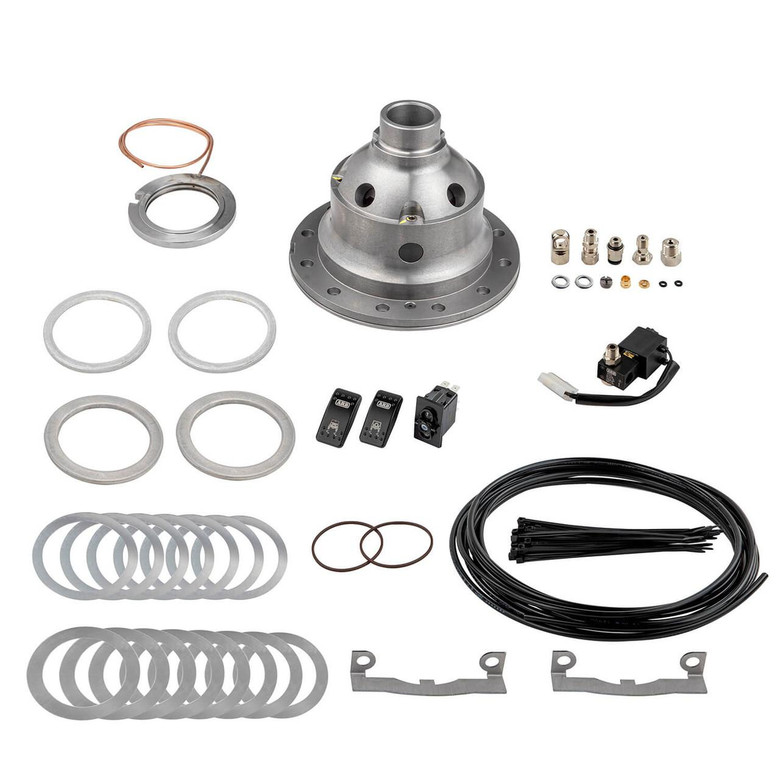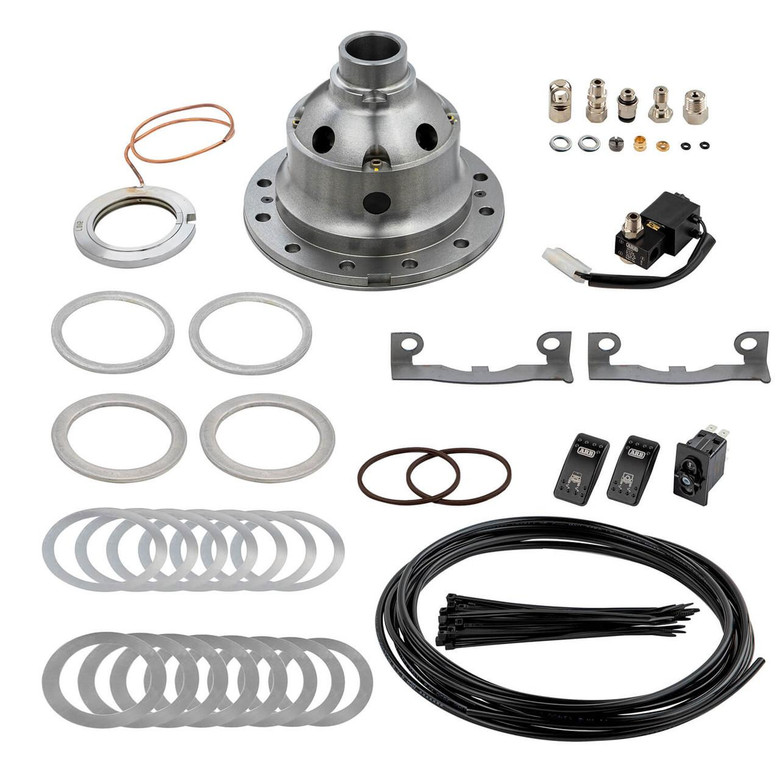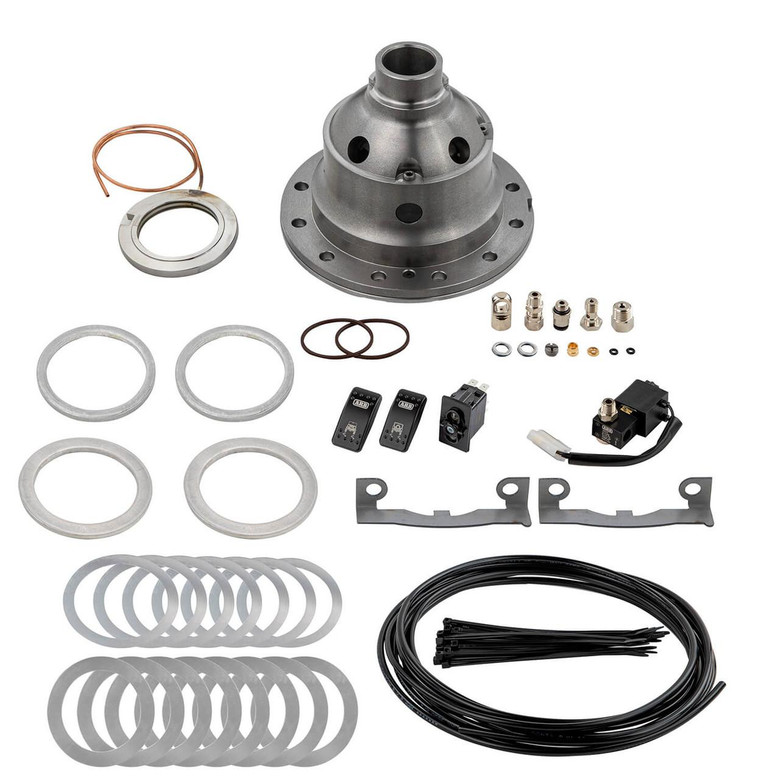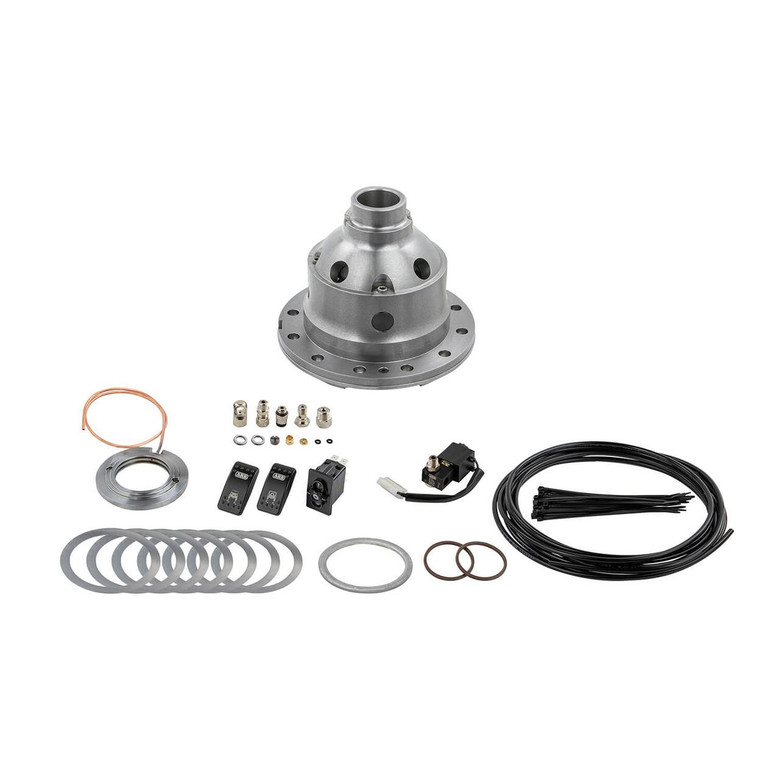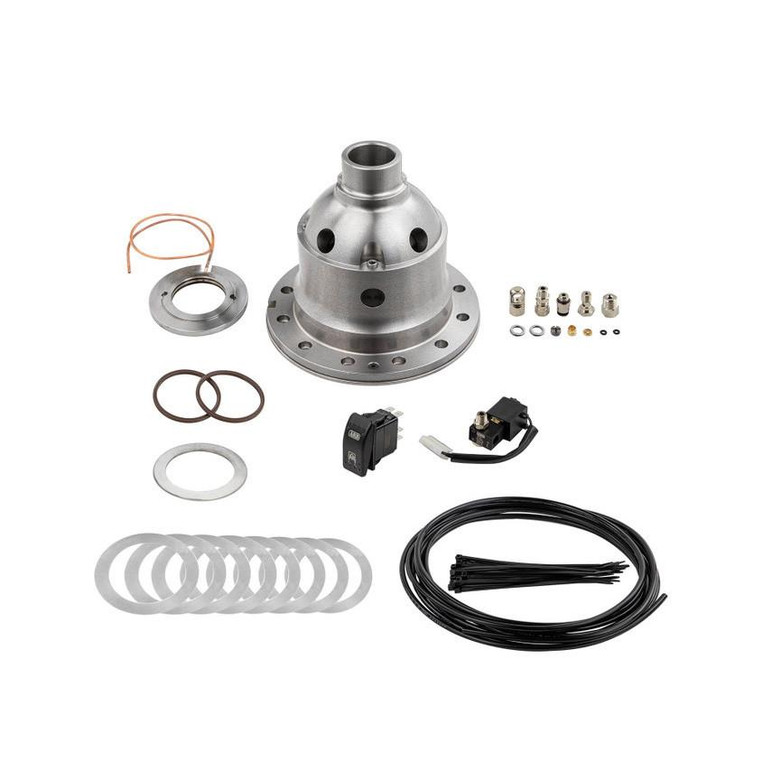
Drivetrain
ARB Air Lockers deliver on-demand traction for unbeatable off-road performance. Engineered for durability and control, they ensure power is evenly distributed to conquer rocks, sand, and mud with confidence.
Products
Showing 24 products on the page
Out of stock
Out of stock
Low Stock
Out of stock
Out of stock
